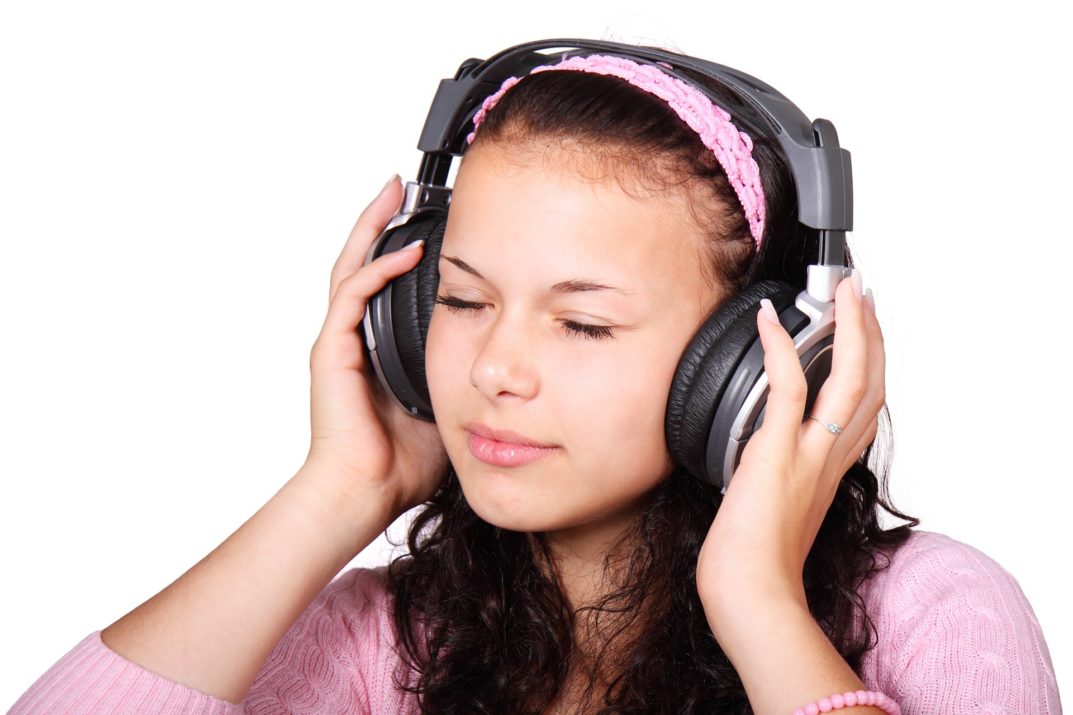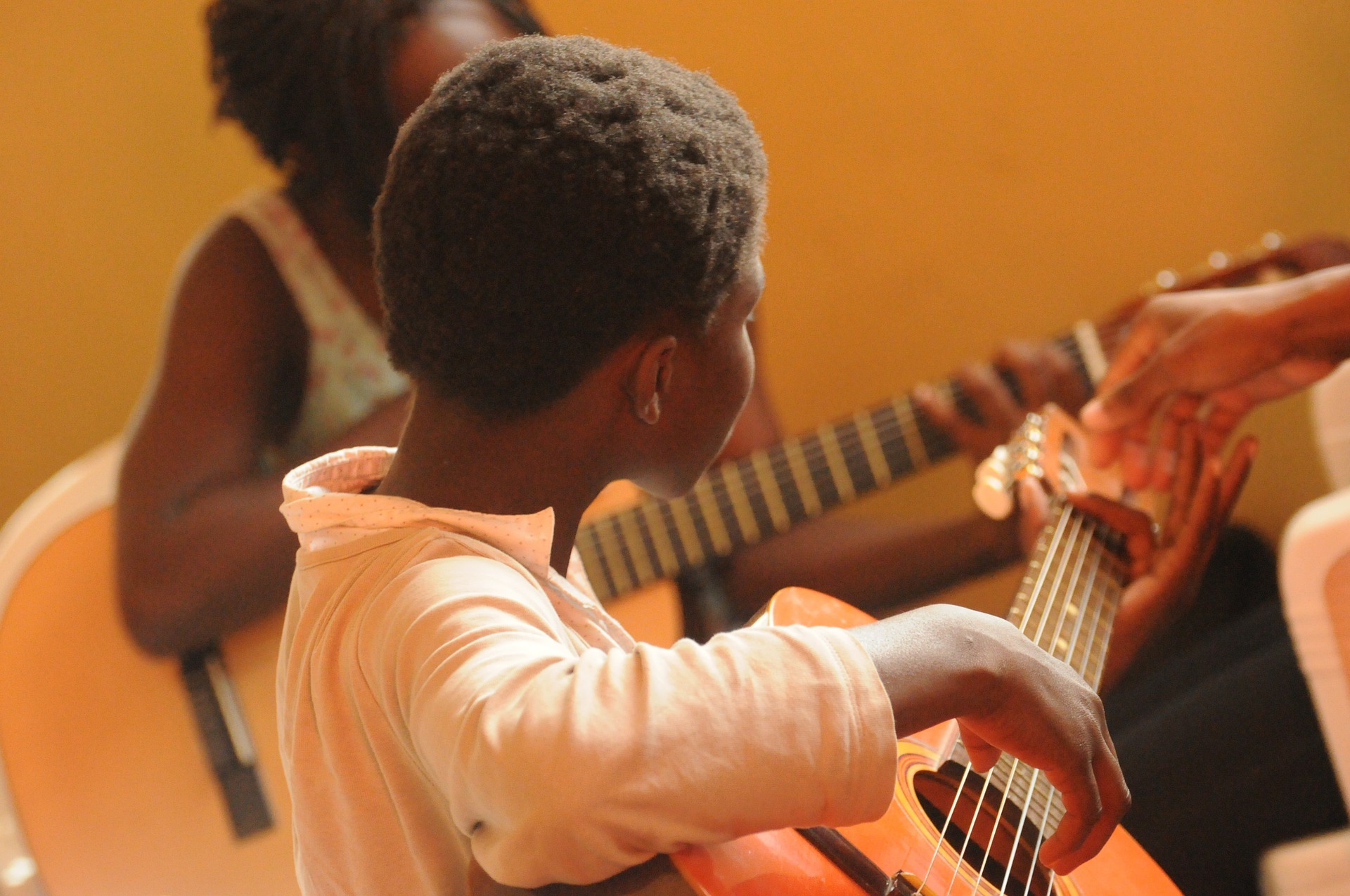
The five senses are fundamental to learning. And since we all learn differently, certain senses play different roles in the learning processes of different people. As a teacher, it’s important to identify and understand the various types of sensory learners in your classroom.
Whether it’s sight, sound, or touch (or a combination of those), it’s essential to know your students’ learning styles. Here’s how to tap into all the senses to make learning more enjoyable and ultimately more meaningful.
Sight
Sight is the first sense that comes to mind when people start thinking about sensory learning. And although it seems straightforward, sight is actually more complex than it seems.
According to Pat Wyman, the CEO of HowtoLearn.com, teachers can make make lessons more memorable through visual cues. Sprucing up colorful worksheets with characters and drawings encourages students to engage more, in turn helping them remember the material better. Easy ways to amp up the fun include printing worksheets on colored paper or adding stickers.
Whooo’s Reading, a reading and writing resource for teachers, writes that teachers can further boost engagement by combining sight with additional senses. “If a student is doing something tactically or physically, while listening to instructions and seeing information, then there’s not much of an opportunity for the student’s attention to stray,” the resource explains.
To combine the senses in this way, consider teaching with presentations. Grade nine earth science teacher Alyssa Davidson says that using visual metaphors in presentations can help students create new mental pathways that boost memory recall. For example, the geology teacher asks her students to compare the layers of the earth to layers of food. This helps students see the similarities between the food, something they understand and know, to something new that they’re learning about.
Visual-Spatial Learners
Some visual learners are visual-spatial learners, meaning that they need to see a visual and enact a body movement or sound to create a connection in their mind. The interactive curriculum resource Time4Learning suggests using a generous amount of visual aids to accompany auditory lessons. Time4Learning adds that “visual-spatial learners also usually grasp reading more easily if they are taught using the sight, or whole-word method, rather than with phonics.”

Homeschooling mom Monique B provides a wide array of resources for visual-spatial learners. She says that visual-spatial learners tend to think on the right side of the brain, meaning they tend to excel at things like music and drama. Meanwhile, auditory learners tend to be better at analytical thinking, science and writing. Many people use both sides of the brain to learn, but this information is helpful to keep in mind.
Montserrat Wadsworth at homeschooling blog Cranial Hiccups writes that the visual-spatial creative brain can be stimulated through the use of idea sketching, photography, charts and optical illusions. She points out that tools like binoculars, microscopes, telescopes, puzzles and mazes tend to support the needs of visual learners. Noticing whether students prefer creative activities or more analytical ones is an important piece of the learning journey.
Touch
Students who learn from physical movement and touch-based activities are said to have a kinesthetic learning style. The Whitby School in Greenwich, Connecticut, explains that kinesthetic learners enjoy touching, examining, building and moving things around. Catering to these students requires teachers to incorporate texture and physical touch into everyday lesson plans. Whenever possible, teachers should encourage kinesthetic learners to hold things in their hands so they can establish a closer connection to it.
Having students get up out of their seats for an interactive activity can also help stimulate kinesthetic learners and improve their memory. Child1st Publications, which creates reading and math resources for struggling learners, says teachers should allow students to go outside and get moving whenever possible. This includes allowing them to swing their legs under their desks, and changing their location in the classroom often.
These strategies can help increase attention spans for kinesthetic learners, and should be encouraged as long as they don’t disrupt other students. Certain sensory learning techniques can also be used to support children with special needs.
Peg Rosen at Understood explains how the Barton Reading Program, for example, helps students with dyslexia. Specifically, this program uses a multisensory approach, including auditory skills, visual skills and touch. The program provides one-on-one instruction that allows students to draw connections between sounds and letters.
Kinesthetic Lessons for Math
To help these learners adhere to Common Core standards, consider using an education program specifically designed for kinesthetic teaching. TouchMath, for instance, is a standards-based educational program that takes a multisensory approach to teaching that subject. It uses kinesthetic and visual activities to help students discover relationships and properties as they relate to mathematics. Additionally, learning and development expert Deb Peterson suggests using flashcards and mind maps to reinforce learning. Since these activities require the student to hold something in their hands physically, they’re great for kinesthetic learners.

Hearing
Students who learn best from listening tend to succeed through oral directions, discussions and lectures. Auditory learners, homeschool resource Calvert Education writes, tend to prefer listening to CDs and tapes, and remember lyrics and jingles easily. To cater to this particular learning style, there are a number of auditory resources teachers can turn to.
Rebecca Spooner at Hip Homeschooling Blog says reading along with an audiobook is a great way for an auditory learner to retain and later recall information. Listening to a book while reading along with it utilizes both sight and hearing for a multisensory approach that can support the needs of multiple students at once.
Another common yet effective way to cater to auditory learners is to use music in the classroom. Music therapist Ryan Judd explains that music is a powerful learning tool because it is processed in both hemispheres of the brain. Since music stimulates so many different parts of the brain, including the sensory cortex, the amygdala and the cerebellum, it helps improve memory while enhancing emotional connections and interpersonal bonding.
Taste and Smell
Taste and smell can be harder to achieve in the classroom, especially for younger children who tend to get distracted more easily. However, taste and smell are two senses that can be focused on during outdoor excursions and field trips. Mommy University, a learning resource geared towards parents, shows how a field trip to the farm can tap into many different senses. For example, pick your own fruit farms stimulate touch, taste, and smell. Meanwhile, an animal petting farm is great for visual, olfactory and tactile learning.
Images by: PublicDomainPictures, StockSnap, Valéria Rodrigues


What do you think?